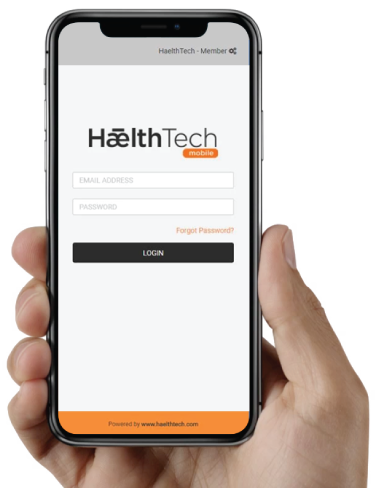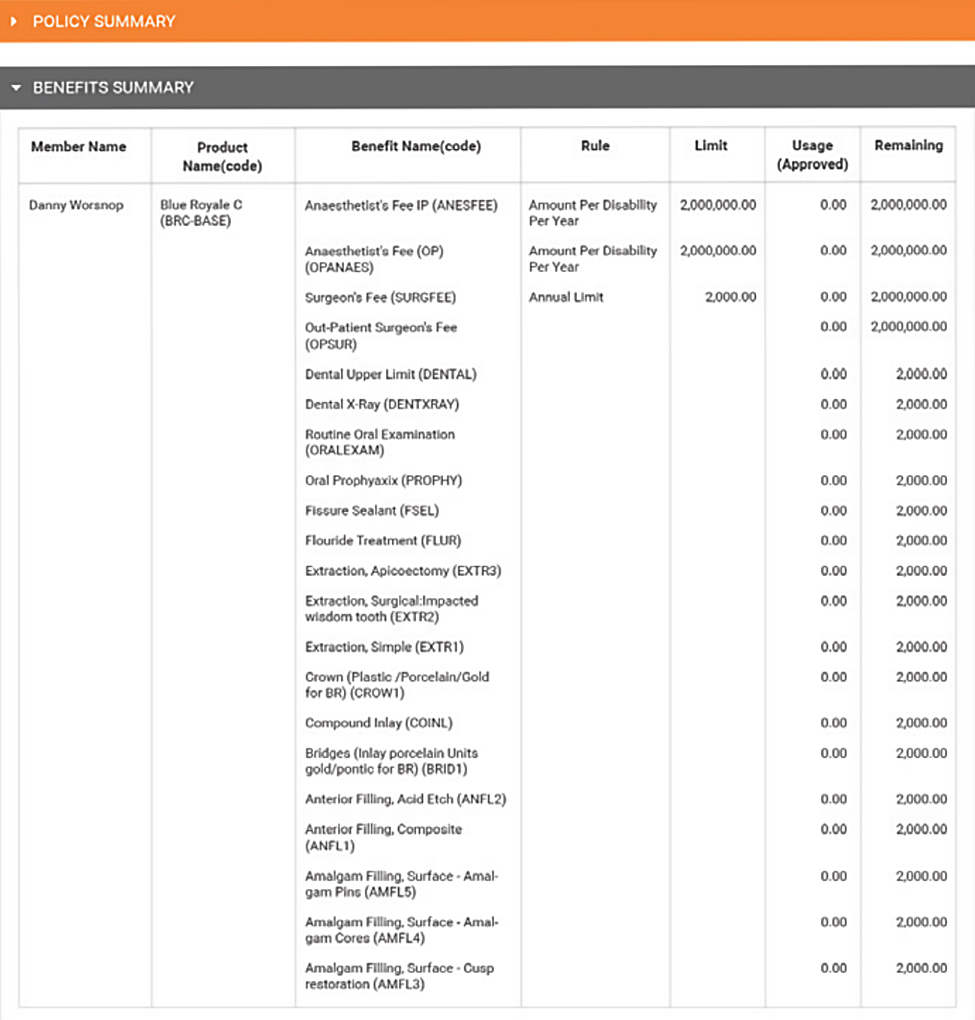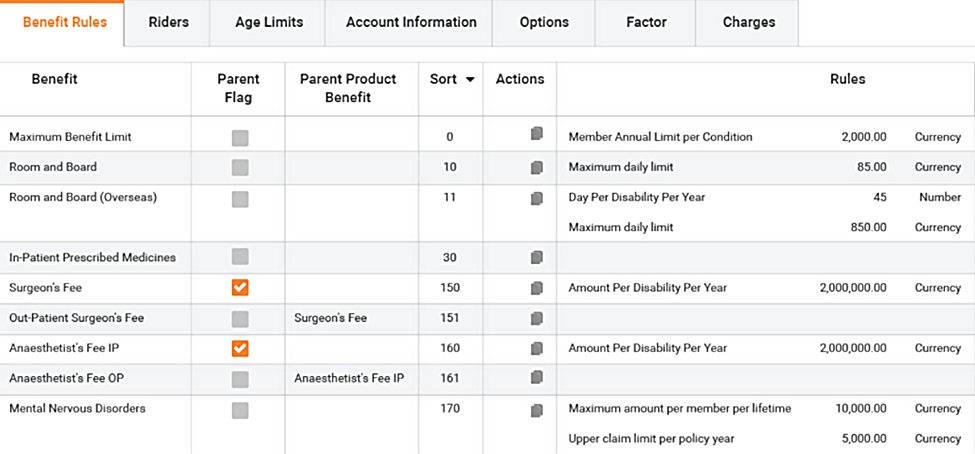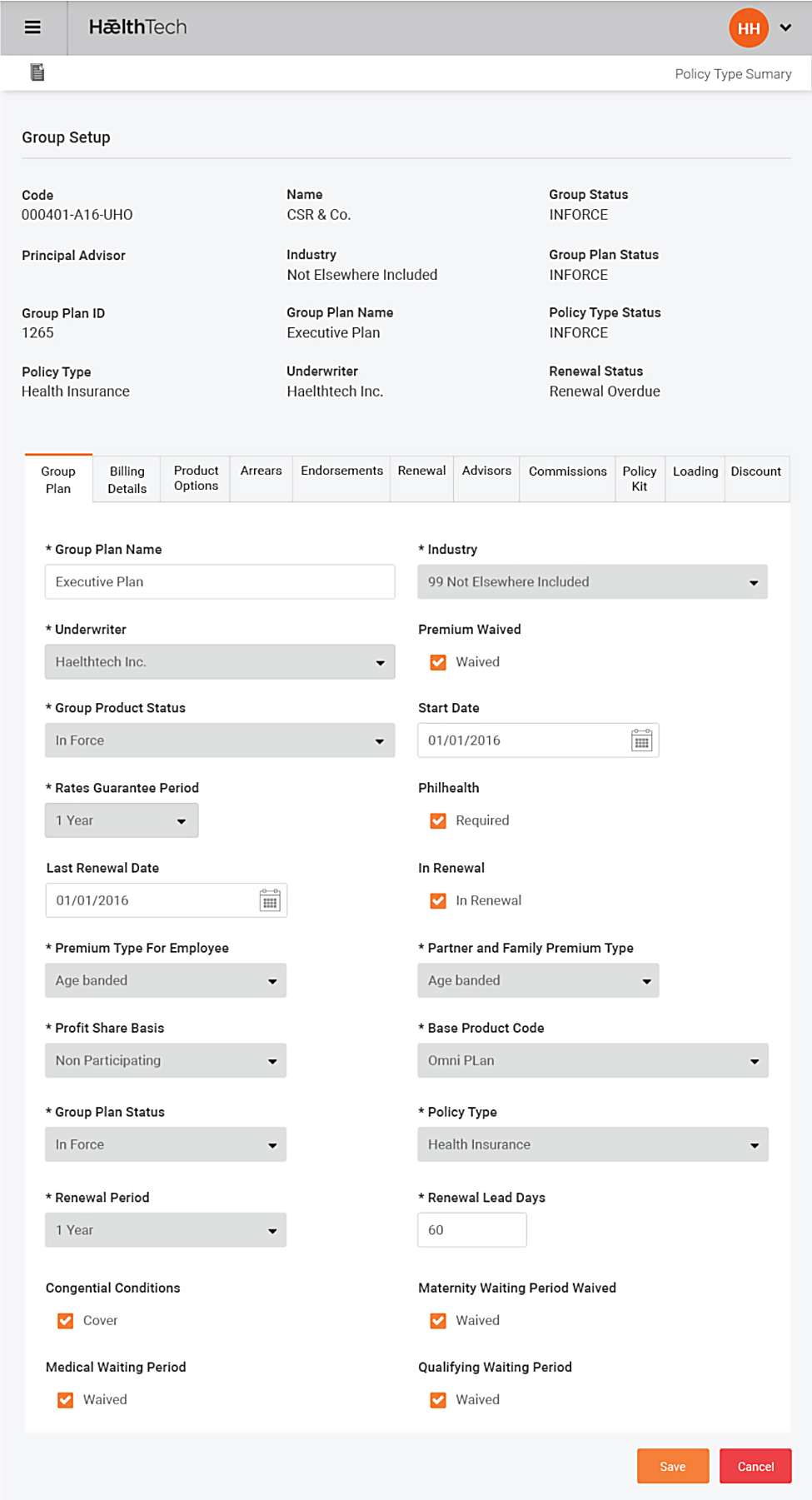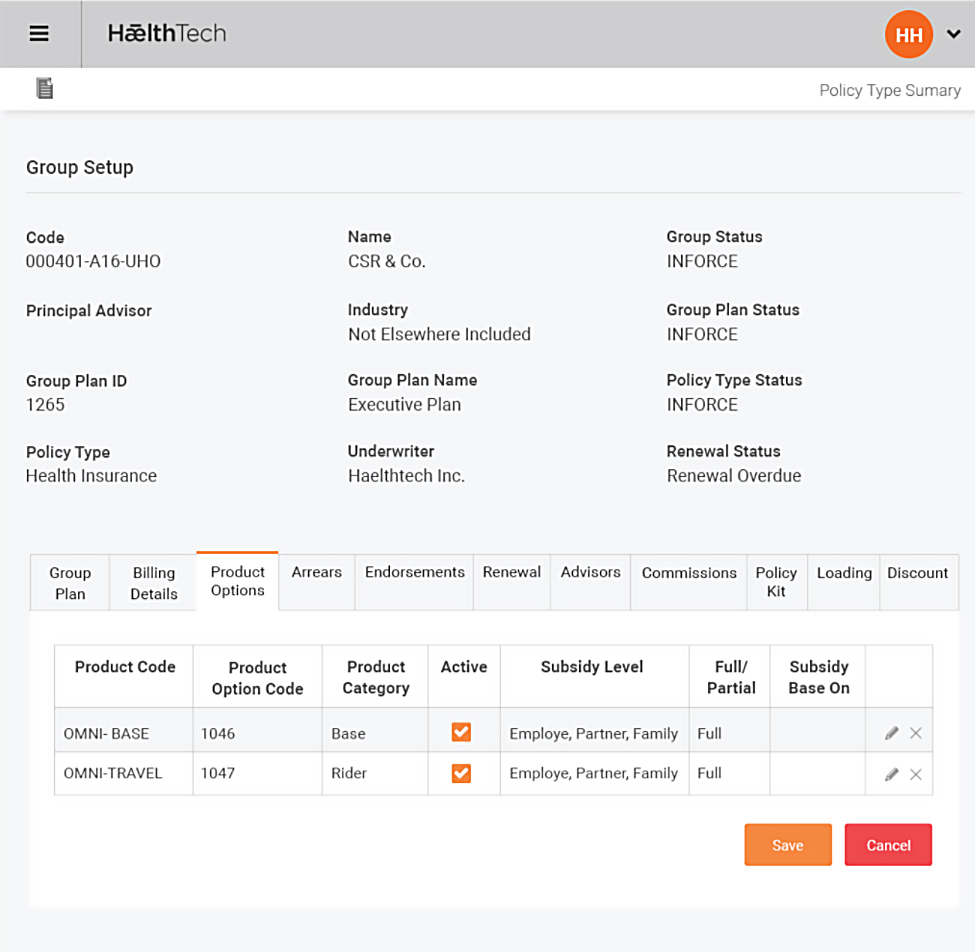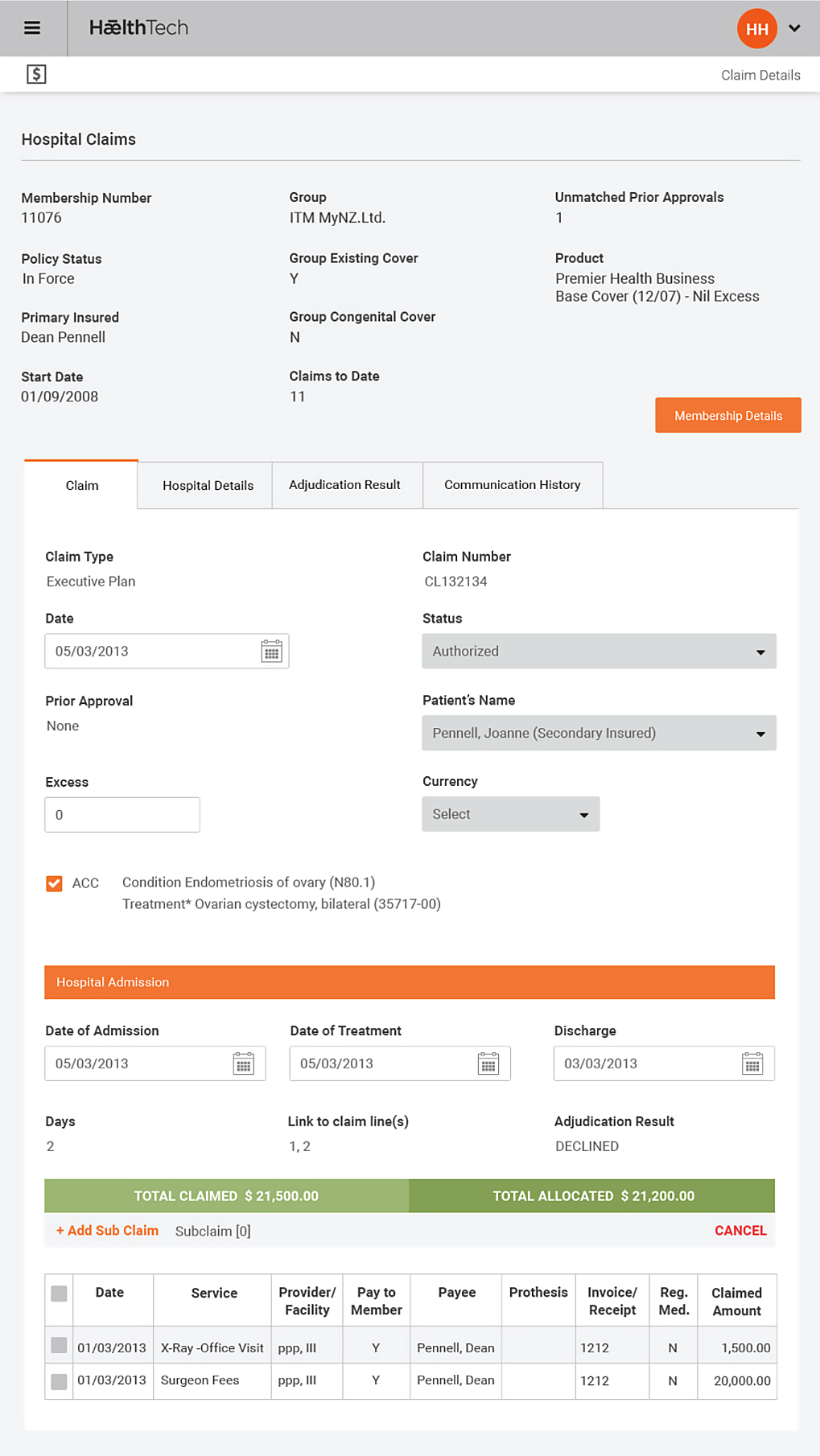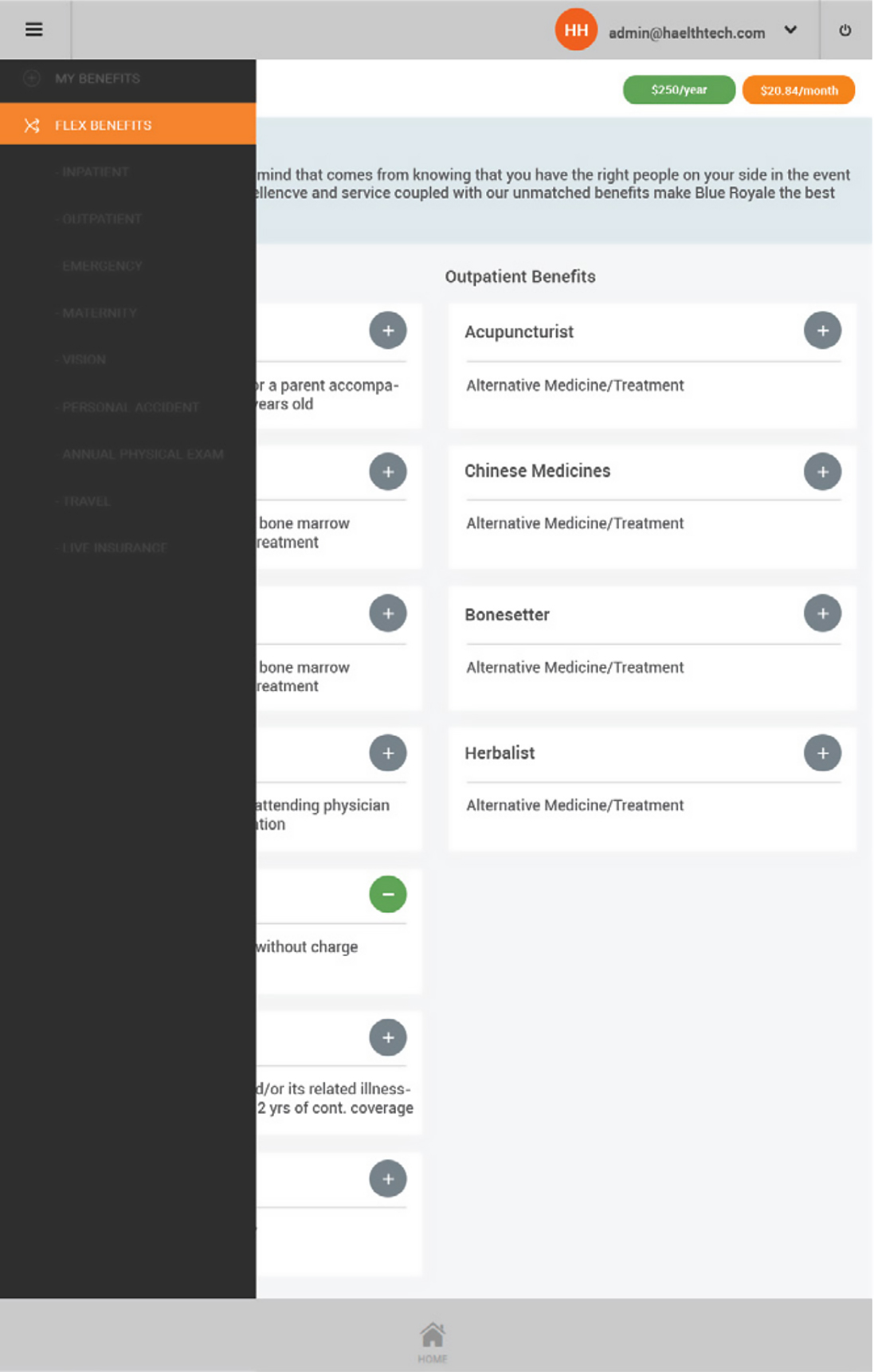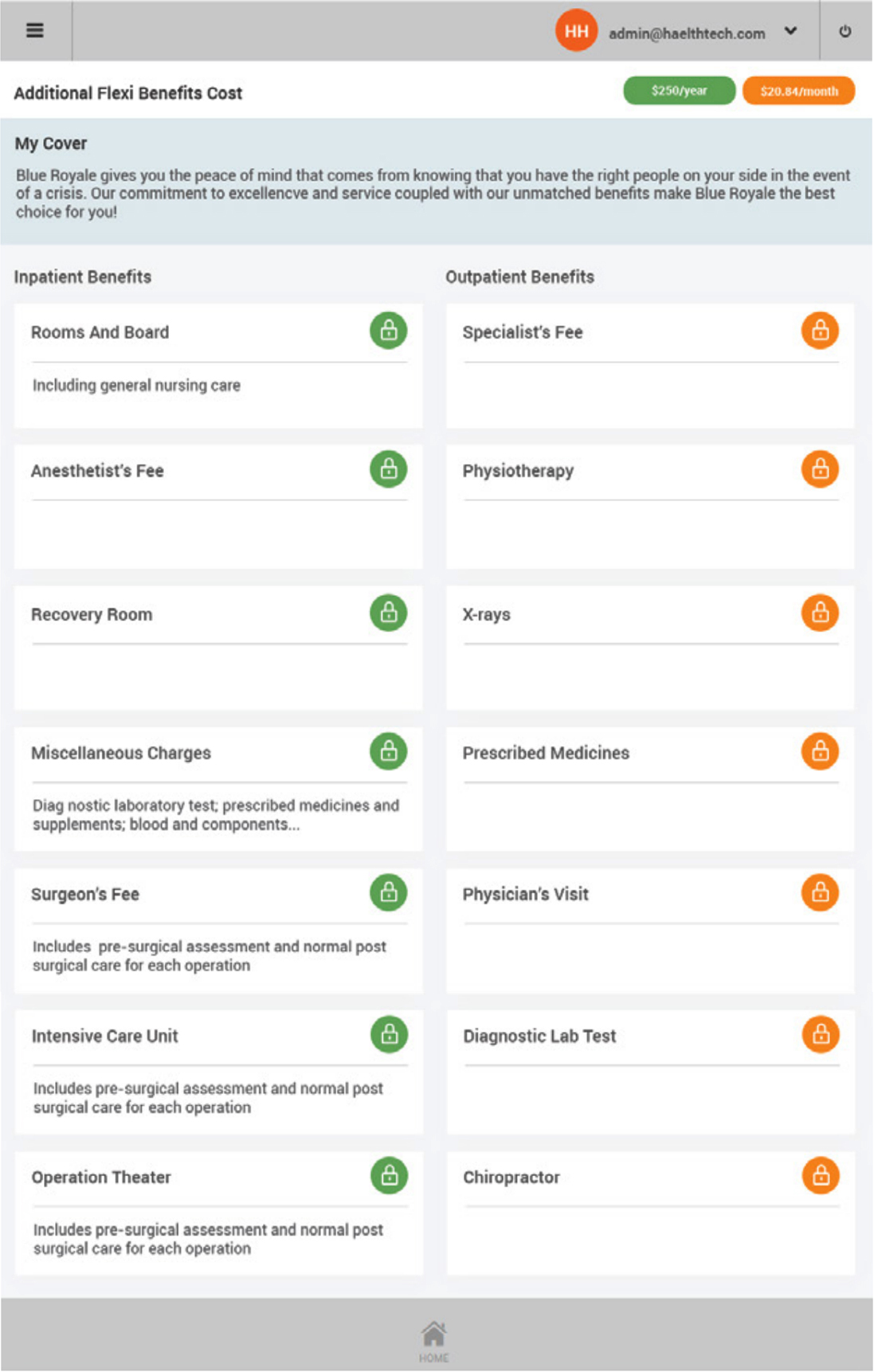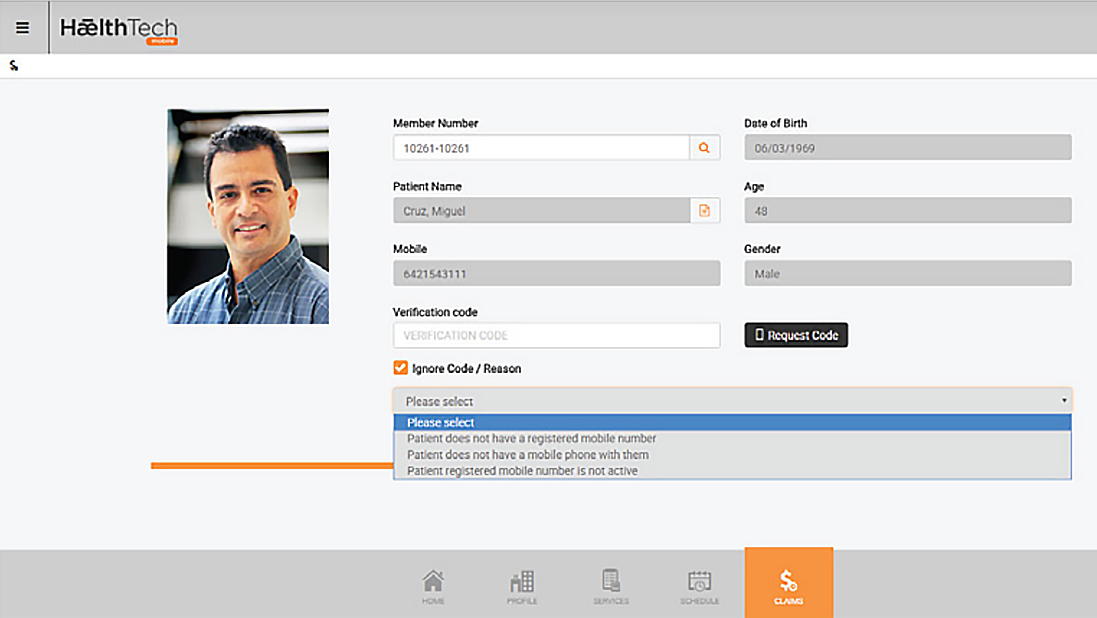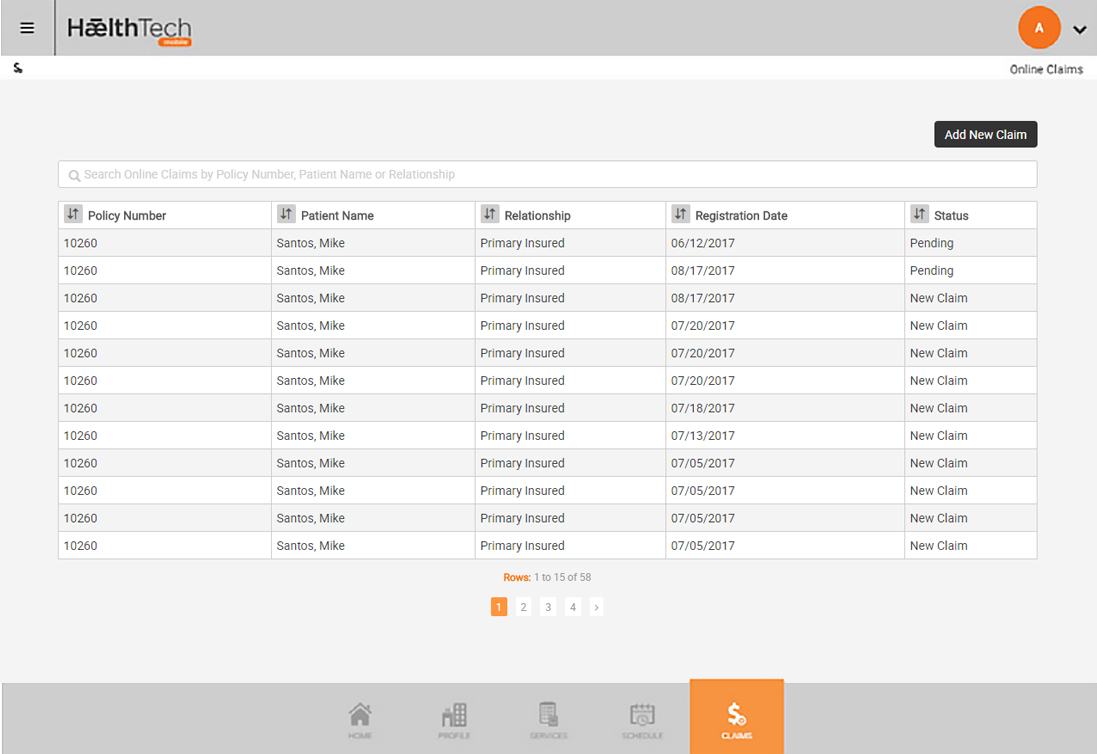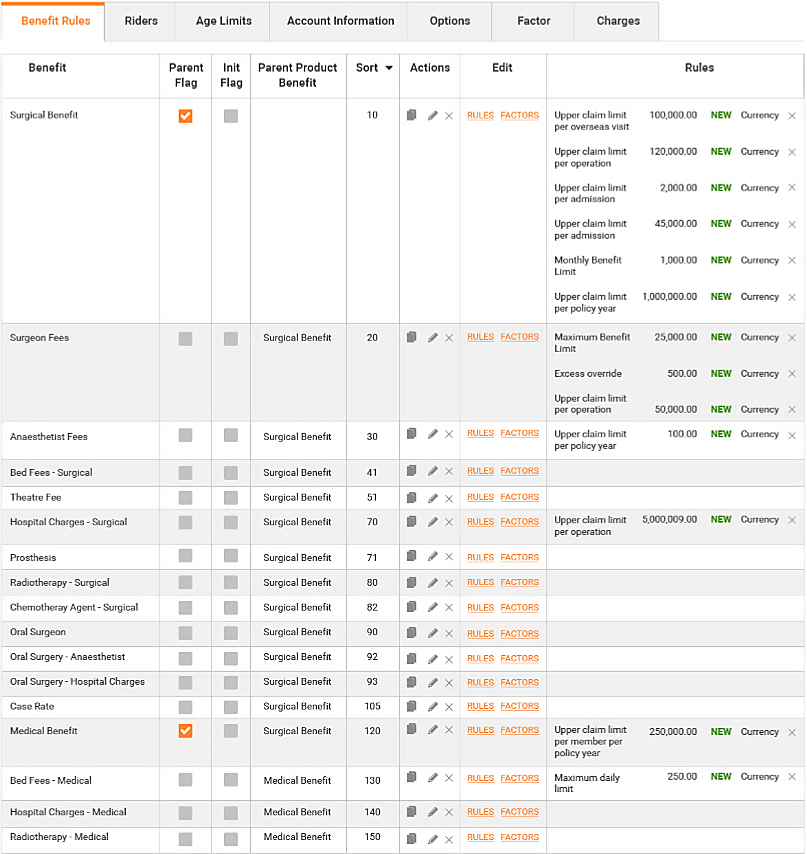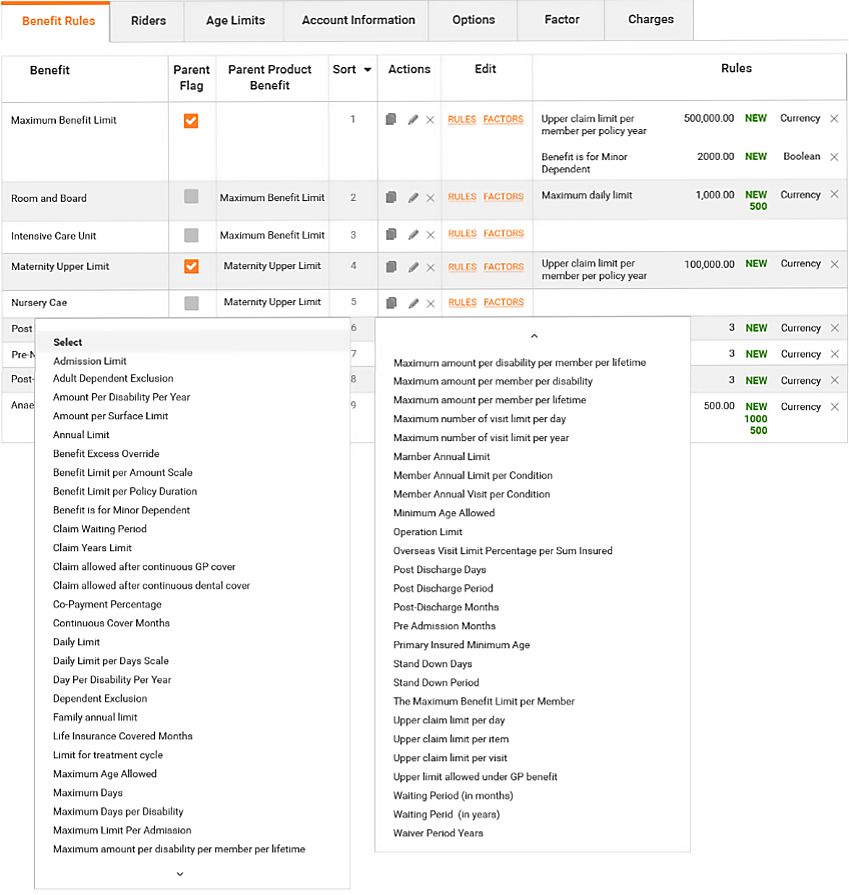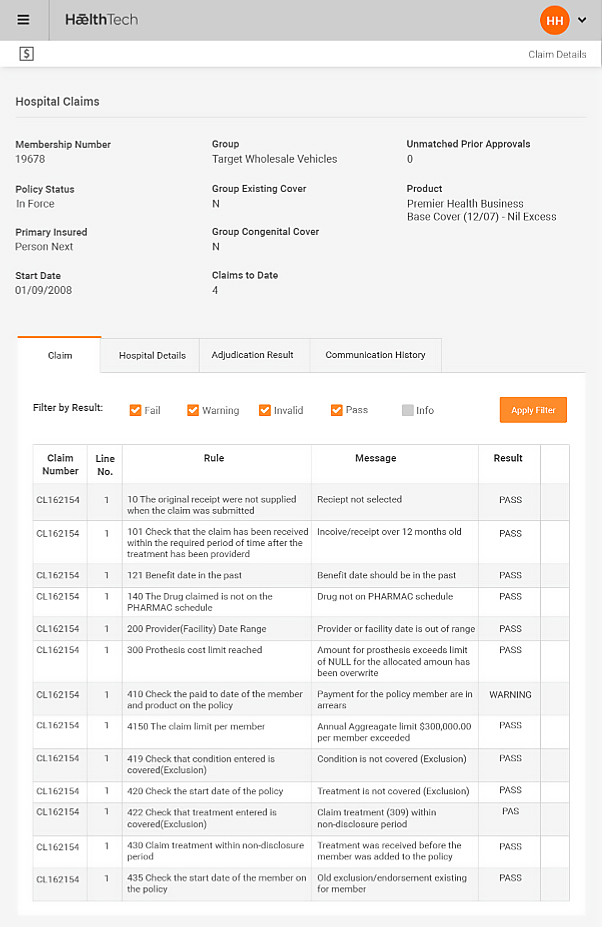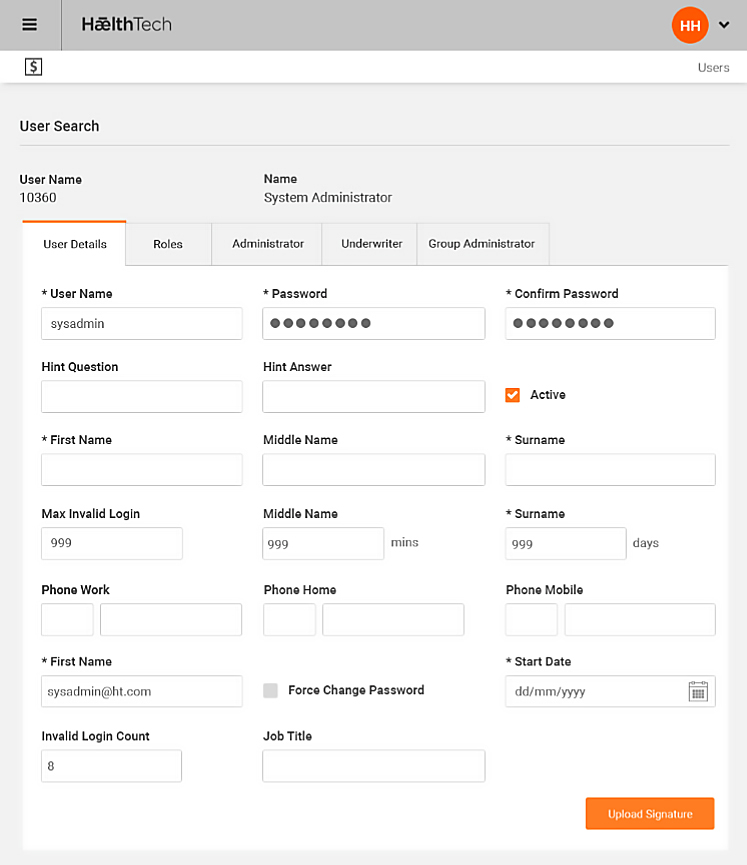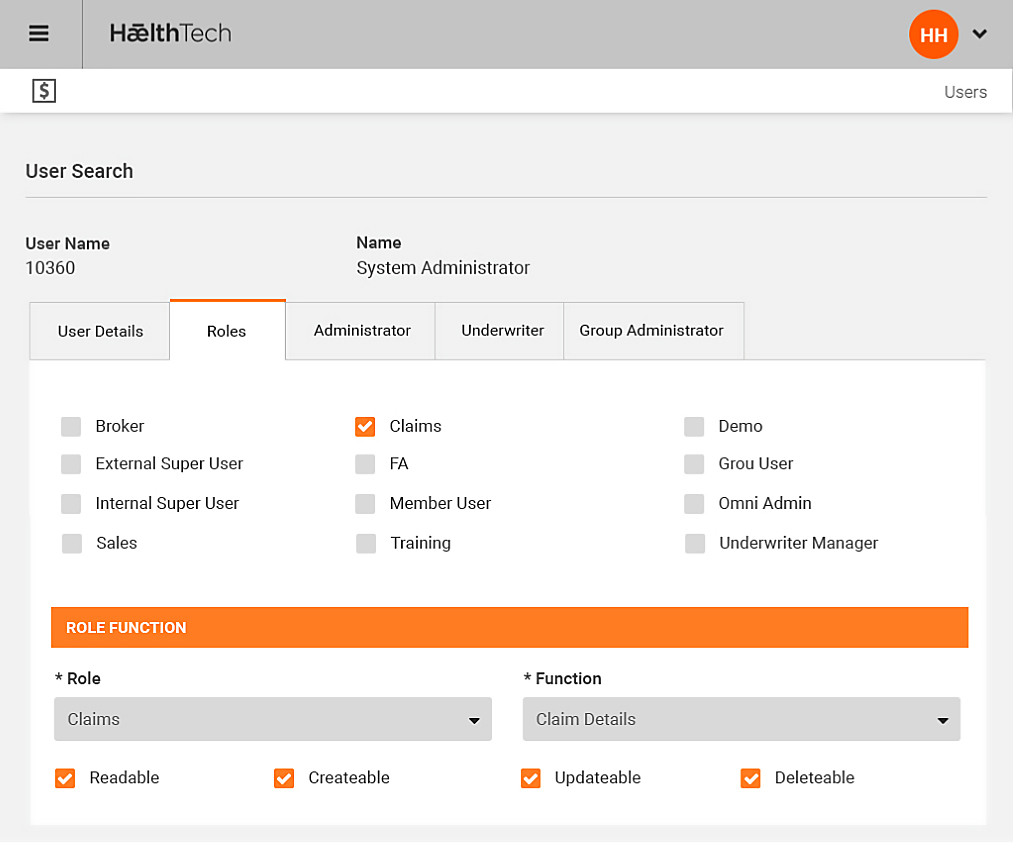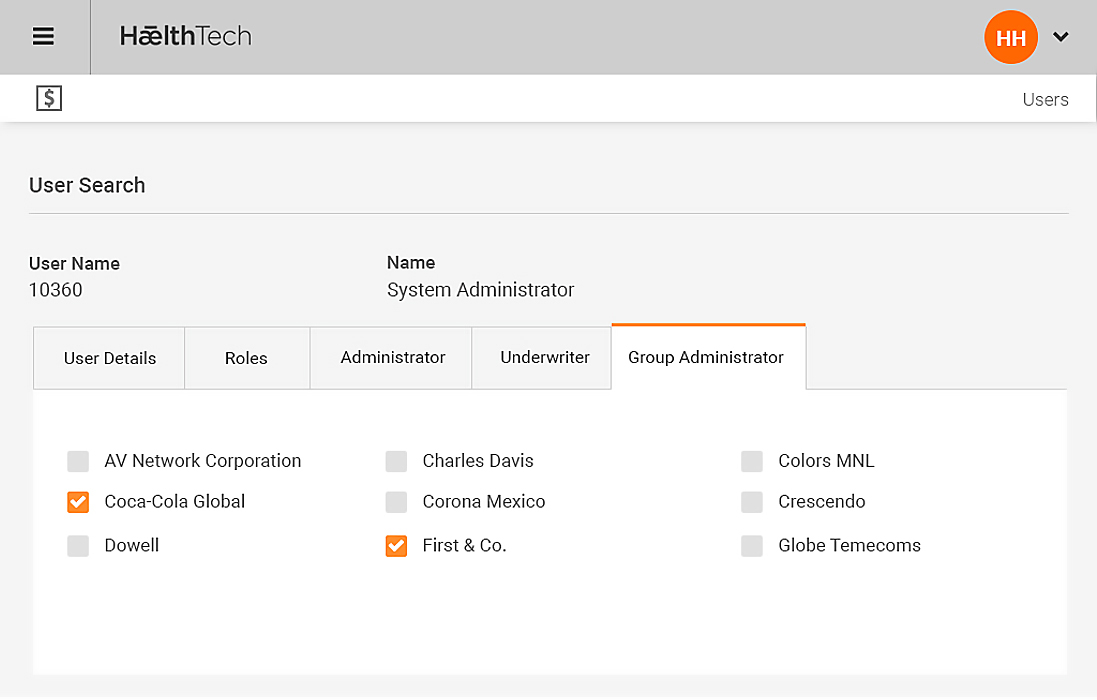Technology Solutions
HǣlthTech Overview
Within a rapidly evolving mobile landscape, HǣlthTech has architected the technological building blocks using year of experience in healthcare, e-commerce and ERP to create a platform based on open source.
Mobile First / Digital Development
Our systems are built for scale from the start: we create platforms that can manage millions of people, in multiple countries, across multiple networks and channels.
We believe real change can only be achieved through collaboration and shared knowledge and tools and this has fuelled our adoption of open source technologies.
Defining a digital strategy is an essential part of developing a successful product or brand. A desktop-Web user experience strategy differs from a mobile user experience strategy. A traditional desktop-Web user experience is designed for keyboard and mouse interactions, and a strategy for such a user experience should take into consideration the context, the behaviour, the audience, the targeted behaviour, and the technology channel. The typical assumption is that users are stationary and viewing a browser on a large screen. It’s essential to design desktop-Web user experiences for all users who might access a site—from children to the elderly. On a stationary desktop computer, users can read and understand in-depth content and can type lengthy responses. For games on the Web, users manipulate controls using the keyboard or the mouse.
A strategy for a mobile user experience considers all the same factors: the behaviour, the audience, the targeted behaviour, and the technology channel, but the relative importance of these factors shifts depending on the user’s context. Mobile design employs less screen real estate, but introduces greater breadth to a user experience, according with the context of the overall experience. The needs of users change because their context continually changes. Users have a harder time reading in-depth content on a small screen. Without a keyboard, their ability to type is hindered. Mobile devices introduce new modes of interaction such as touch and gestures.
HǣlthTech follows the set of principles are defined by digital principles organization and represents a concerted effort to capture the most important lessons learned by the development community in the implementation of technology-enabled programs. Having evolved from a previous set of implementer precepts endorsed by over 300 organizations, these principles seek to serve as a set of living guidelines that are meant to inform, but not dictate, the design of technology-enabled development programs.
- Develop context-appropriate solutions informed by user needs.
- Define multiple benefit types
- Define multi-level hierarchies of clinical codes
- Link clinical code sets to benefits
- Assign relationships between products and benefits
- Assign different (excess) options to products<
- Assign underwriters to products
- Participate in networks and communities of like-minded practitioners.
- Align to existing technological, legal, and regulatory policies.
- Design for scale from the start, and assess and mitigate dependencies that might limit ability to scale.
- Employ a “systems” approach to design, considering implications of design beyond an immediate project.
- Be replicable and customizable in other countries and contexts.
- Demonstrate impact before scaling a solution.
- Analyze all technology choices through the lens of national and regional scale.
- Factor in partnerships from the beginning, and start early negotiations.
- Plan for sustainability from the start, including planning for long-term financial health, e.g. , assessing total cost of ownership.
- Utilize and invest in local communities and developers by default, and help catalyze their growth.
- Engage with local governments to ensure integration into national strategy, and identify high-level government advocates.
- Design projects so that impact can be measured at discrete milestones with a focus on outcomes rather than outputs.
- Evaluate innovative solutions and areas where there are gaps in data and evidence.
- Use real-time information to monitor and inform management decisions at all levels.
- When possible, leverage data as a by-product of user actions and transactions for assessments.
- Adopt and expand existing open standards.
- Open data and functionalities, and expose them in documented APIs (Application Programming Interfaces) where use by a larger community is possible.
- Invest in software as a public good.
- Develop software to be open source by default with the code made available in public repositories and supported through developer communities.
- Use, modify, and extend existing tools, platforms, and frameworks when possible.
- Develop in modular ways favoring approaches that are interoperable over those that are monolithic by design.
- Assess and mitigate risks to the security of users and their data.
- Consider the context and needs for privacy of personally identifiable information when designing solutions and mitigate accordingly.
- Ensure equity and fairness in co-creation, and protect the best interests of the end-users.
- Engage diverse expertise across disciplines and industries at all stages.
- Work across sector silos to create coordinated and more holistic approaches.
- Document work, results, processes, and best practices, and share them widely.
- Publish materials under a Creative Commons license by default, with strong rationale if another licensing approach is taken.
Traditionally, businesses have had to build and maintain infrastructure to run on-premises applications. With the Software-as-a-Service (SaaS) model, businesses can consume applications that are hosted online, enabling them to lower their costs by paying only for what they use, enjoy seamless and painless upgrades in functionality, and integrate easily with their existing data and systems.

Infrastructure as a Service (IaaS):
Infrastructure as a Service, sometimes abbreviated as IaaS, contains the basic building blocks for cloud IT and typically provide access to networking features, computers (virtual or on dedicated hardware), and data storage space. Infvrastructure as a Service provides you with the highest level of flexibility and management control over your IT resources and is most similar to existing IT resources that many IT departments are familiar with today.

Platform as a Service (PaaS):
Platforms as a service remove the need for organizations to manage the underlying infrastructure (usually hardware and operating systems) and allow you to focus on the deployment and management of your applications. This helps you be more efficient as you don’t need to worry about resource procurement, capacity planning, software maintenance, patching, or any of the other undifferentiated heavy lifting involved in running your application.

Software as a Service (SaaS):
Software as a Service provides you with a completed product that is run and managed by the service provider. In most cases, people referring to Software as a Service are referring to end-user applications. With a SaaS offering you do not have to think about how the service is maintained or how the underlying infrastructure is managed; you only need to think about how you will use HǣlthTech software products
HǣlthTech cloud-based applications are fully deployed in the cloud and all parts of the application run in the cloud.
